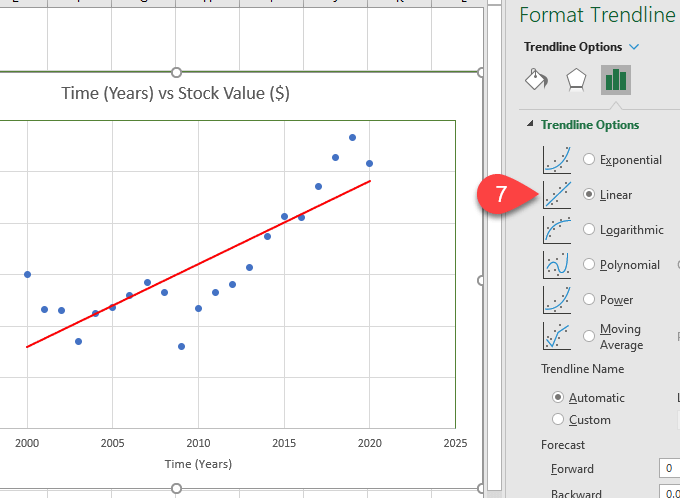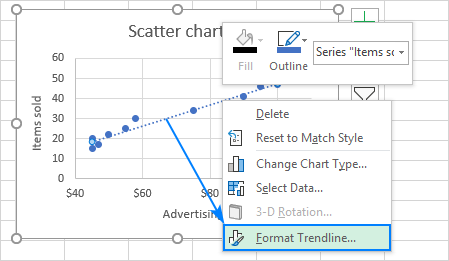


This is generally too many data points to put on a column chart, which is why we are using a line chart. As you scroll through the data on the worksheet shown in Figure 4.1 "52 Week Data for the S&P 500 and Microsoft", you will see that there are fifty-two points of data used to construct the chart. As you increase the number of bars on a column chart, it becomes increasingly difficult to read. With the column chart, you are limited to a certain number of bars or data points. When presenting the trend for any data over a designated period of time, the most commonly used chart types are the line chart and the column chart. Table 4.1 "Key Steps before Constructing an Excel Chart" provides a brief summary of these points.įigure 4.1 52 Week Data for the S&P 500 and Microsoftīefore we create the line chart, it is important to identify why it is an appropriate chart type given the message we wish to communicate and the data we have. If you can visualize what your chart is supposed to look like, you will have an easier time using Excel to construct an effective chart that accurately communicates your message. One of the ways to identify which values belong on the X and Y axes is to sketch the chart on paper first. The third key point is identifying the values that should appear on the X and Y axes.

The chart type you select will depend on the data you have and the message you intend to communicate. The second key point is selecting the right chart type. Throughout this chapter, we will reinforce the intended message first before creating each chart. This is critical in helping you select specific data from a worksheet that will be used in a chart. Therefore, you must first decide what message or idea you wish to present. It is important to keep in mind that the primary purpose of a chart is to present quantitative information to an audience. The first is identifying your idea or message.
#Excel trendline arrow how to#
This is necessary not only to demonstrate the construction of charts but also to explain how to choose the right type of chart given your data and the idea you intend to communicate.īefore we begin, let’s review a few key points you need to consider before creating any chart in Excel. Therefore, instead of addressing a specific theme, we will use a variety of themes. To demonstrate the variety of chart types available in Excel, it is necessary to use a variety of data sets. This section reviews the most commonly used Excel chart types.
#Excel trendline arrow series#


 0 kommentar(er)
0 kommentar(er)
